Whenever your friends drag you into a multi-level-marketing talk, or sweet-talk you for a coffee session only to find out you’re persuaded to buy an insurance policy, chances are you would be bombarded with two magic words – health and wealth. In a multi-level-marketing session, most of the time you would be convinced about the need for wealth. In an insurance conversation, the fear of health problem does the trick.
If you’re one of the unfortunate 170 million people around the world who is infected by hepatitis C virus, there’s a good news and a bad news for you. No, there’s still no vaccine against hepatitis C. But there’s a cure for the disease, sort of, if you can afford it. Sovaldi is the name of the magic pill which can cure hepatitis C, and the manufacturer is Gilead Sciences (Nasdaq: GILD, stock).
Now the bad news – the US$122 billion in capitalization company is selling each pill at a whopping US$1,000 (£590, RM3,230) in the United States. For an entire treatment where you need to take 84 of those magic pill, the total course of treatment comes to a cool US$84,000 (£49,566, RM271,387). Add in other therapies that supplement Sovaldi, and you’re looking at $100,000 to treat a single patient.
Assuming Sovaldi will be used to treat each of the 3 million hepatitis C patients in the United States, it would make Gilead Sciences richer by US$300 billion (£177 billion, RM969 billion) alone. This staggering amount of money is the United States annual spending for all other drugs combined. Not bad for a company who didn’t invent Solvaldi but acquired another company who did it.
But if you’re in Egypt or India, thank your lucky star because the same Sovaldi pill will cost you a fraction of the cost that an American has to pay in their own country. At 99% discount, the same entire 84 session of treatment will cost an Egyptian and an Indian a mere US$900 (£531, RM2,908).
In actual fact, it only cost Gilead US$130 (£76.70, RM420) to manufacture. That’s an outrages 670% in profit, but Gilead Sciences claims that the pricing reflects the value of Sovaldi and it deserves a premium. The whole course of Sovaldi therapy in Germany and Britain are slightly cheaper – US$67,000 (£39,544, RM216,584) and US$55,000 (£32,461, RM177,793) respectively.
If you think this is ridiculous, wait till you’ve to fork out more when the hepatitis C treatment is expected to go up about 1,800% by 2016. No wonder many American patients are anger with such high cost of treatment. But when even unions, state Medicaid plans, insurance companies and even government agencies are crying foul, can you actually blame the average Joes and Janes?
On the other hand, Gilead is on a mission to recover its US$11 billion investment acquisition (the company that invented Sovaldi) within a mind-boggling 1-year. But considering the medicine can cures liver disease in 9 of 10 patients, the question will ultimately be thrown into your own court – your money or your life?
Now, even if you don’t have money problem, please note that Sovaldi cannot be taken alone. Sovaldi should be used together with ribavirin or in combination with peginterferon alfa and ribavirin to treat chronic hepatitis C infection. Most importantly, Sovaldi combination therapy with ribavirin or peginterferon alfa and ribavirin can cause birth defects or death of your unborn baby.
Hence, if you or your sexual partner is pregnant or plans to become pregnant, do not take these medicines. Besides the need for a 12-week treatment (hence 84 pills), other side effects: when Sovaldi used with ribavirin – causes tiredness and headache; while – Sovaldi usage with peginterferon alfa and ribavirin – causes nausea, difficulty sleeping, and low red blood cell count.
Nevertheless, if you can wait a little longer this year, this absurd “monopoly” may end when competition enters the market. Two companies – Abbvie Inc (Nasdaq: ABBV, stock) and Enanta Pharmaceuticals Inc. (Nasdaq: ENTA, stock) – could give Gilead Sciences a run for its money when their hepatitis C medicines (without any official names now) with an effectiveness rate as high as 90%.
Other Articles That May Interest You …
- Should You Pull Over When Flashed By Police?
- Meet Coca-Cola Life, The New Coke From South America
- Top 15 Creative, Stunning, Cool & Useful Business Cards
- American Top-20 Best Burger That You Must Try
- A New Yorker Suing For More Money Than Earth Has
- Rebuild Teeth With £10 Toothpaste, Here’s The Catch …

|
|
June 18th, 2014 by financetwitter
|


|

|

|

|

|

|






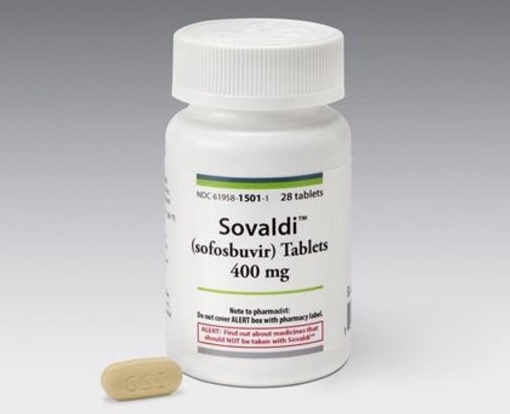
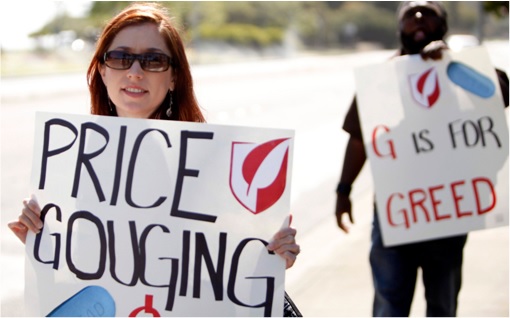
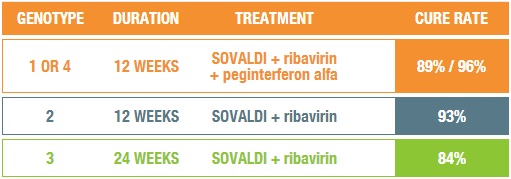
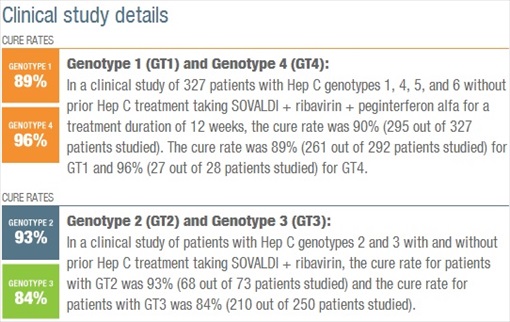
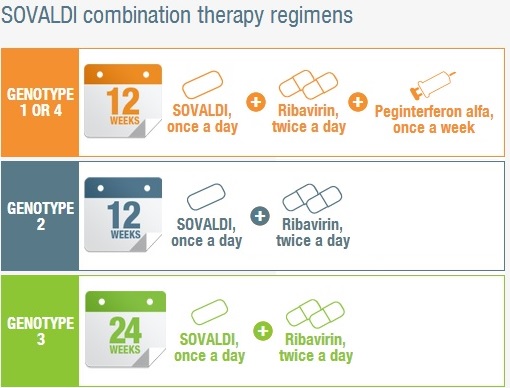
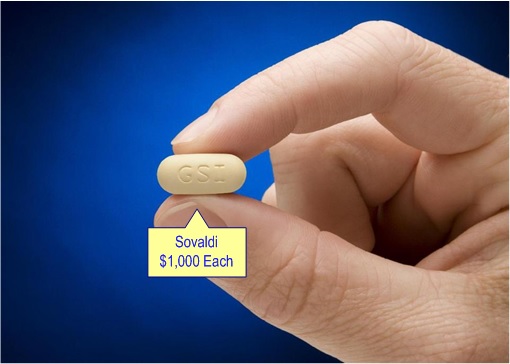











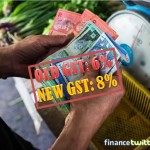


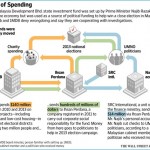
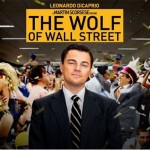



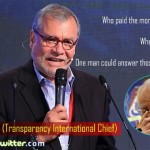


Comments
Add your comment now.
Leave a Reply